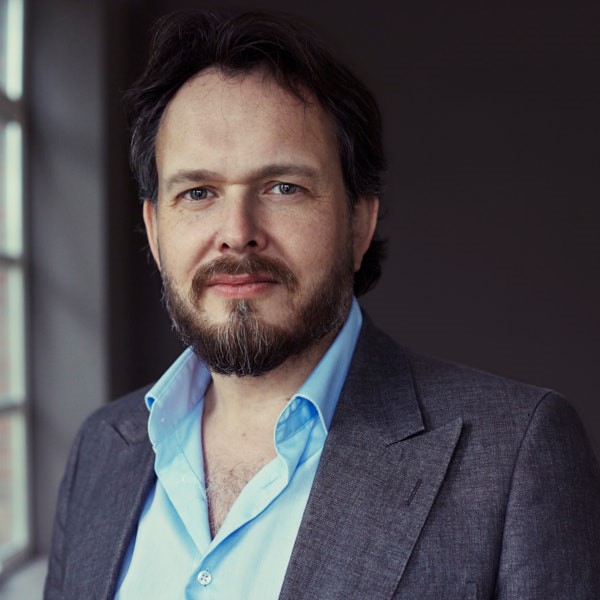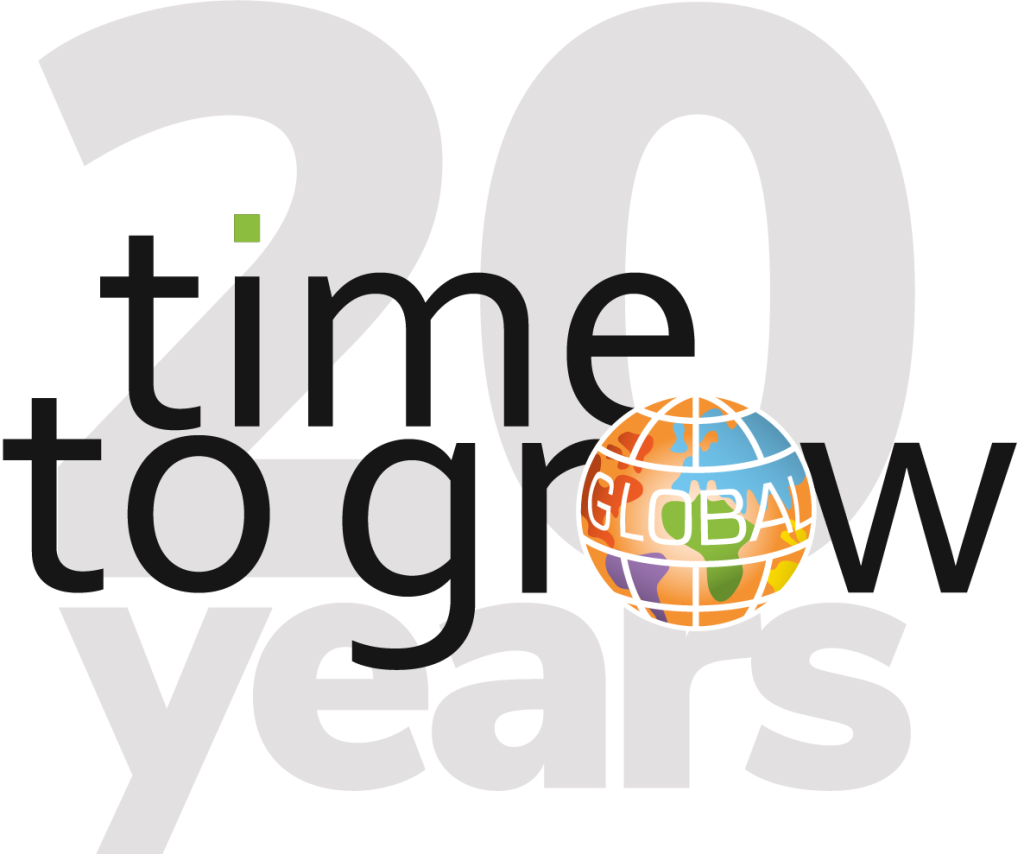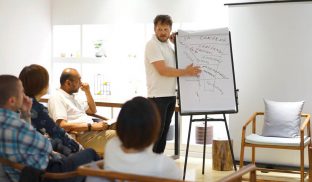It might seem strange to talk about limits to creativity. After all, isn’t it about thinking beyond borders? Haven’t our previous posts encouraged free ideation, letting go of boundaries and preconceptions?

Well, yes and no. Vision is one thing, but to be financially viable, innovation should facilitate better business value. Fear of impractical results and unfeasible plans is often what deters leaders from investing too much in creativity – the prospect of channeling resources away from the business’ core value and coming away with dreams.
And dreams are inspiring and admirable, yes, but are they all practical?
Definitely not.
If creativity is to be valuable, to be encouraged, we need a way to channel that creative energy. We need a focus – a focus on our customers, to be specific.
#3 No Customer Focus
Only a few years ago, we came across some surprising figures. Given that so many businesses claim to be customer-centric, we were startled to read that only 14% of marketers believed this was actually the case at their firms. On top of this, only 11% felt their customers would attest to that.
With companies already spending so much on market research, it only makes sense to link it with the creative process. Fear of failure, of impractical ideas, a hesitance to invest in innovation – all are easily solved by highlighting the importance of a customer strategy from the very outset of the creative process.
At the end of the day, it’s not about how much you spend on innovation, creativity, or research, but how you spend it. And your customers are your most important asset.
Innovating around Customers
By making sure that innovation centers around the consumer – rather than, let’s say tech or efficiency – teams can channel their creative energy to produce much more valuable outcomes. So how does it work?
We’ve been fortunate enough to facilitate inclusive strategizing sequences for hugely successful international companies over the years. Here are some things we’ve noticed about their consumer-focused creative processes:
– People, not stats. Highly successful, customer-centric teams don’t just think about their target markets. They bring strong consumer knowledge to the table by combining hard data with real-world experience of the customer journey. They can put themselves in a buyer’s shoes – whether existing or prospective – and relate to their journey. How could we make that better? What would we want to see during this process?
– Everybody knows. Customer knowledge isn’t elusive in these companies. Not everybody in an organization works directly with customers, but because there are systems in place that allow them to communicate, they are already aligned. Rather than clarifying “Which customers?” they begin from the same page.
– Everybody understands the bigger picture. To make that crucial link between innovation and customers, team members need to be well aware of the company strategy. Whether that’s penetrating new markets, doubling down on their existing clientele, or improving the buyer journey, they have a clear “Why” in mind. They can focus on new ideas around How, and What.
How You Can Break Free: The NUF Technique
Customer insights, communication, and alignment with your business mission are all essential components of a customer strategy. But what about keeping things on track during the creative process?
At TTGG, we use the NUF Test to stay on track. It stands for New, Useful, and Feasible. When an idea has been suggested, we invite group members to rank it out of 10 on three criteria.
– Is it New? In other words, has it been done before? Is it significantly different from an existing, or unsuccessful solution?
– Is it Useful? Does it solve a customer pain point, help us reach new clients, or effectively address the problem?
– Is it Feasible? Is it excessively expensive? Risky? Difficult?
Sum up your overall score, which should be a figure out of 30 – and your customer-centric ideas are ready to compare against one another.
Why it Works
Customer-focused innovation is outwardly focused. Given that consumer needs and expectations change rapidly, it’s one of the most – if not the most – important ways to adapt to a changing business environment.
Rather than recklessly innovating for the sake of it, or not getting creative at all for fear of waste, it encourages strategic alignment. It can be applied both to product-level or business model innovation and can lead to more definitive success or failure than guessing about what tech might work.
Time To Grow Global’s inclusive strategizing sequences are based on your company’s needs and its unique strategic goals. We facilitate workshops that harness your team’s knowledge and creativity so that you can develop clear, actionable goals for the future. And, we’re always ready to talk creativity or strategy, so drop us a line any time!

Govert is Time To Grow Global’s Managing Partner, specializing in Strategy Facilitation, Leadership development and Organisational performance. Reach him on our Time To Grow Global LinkedIn.


